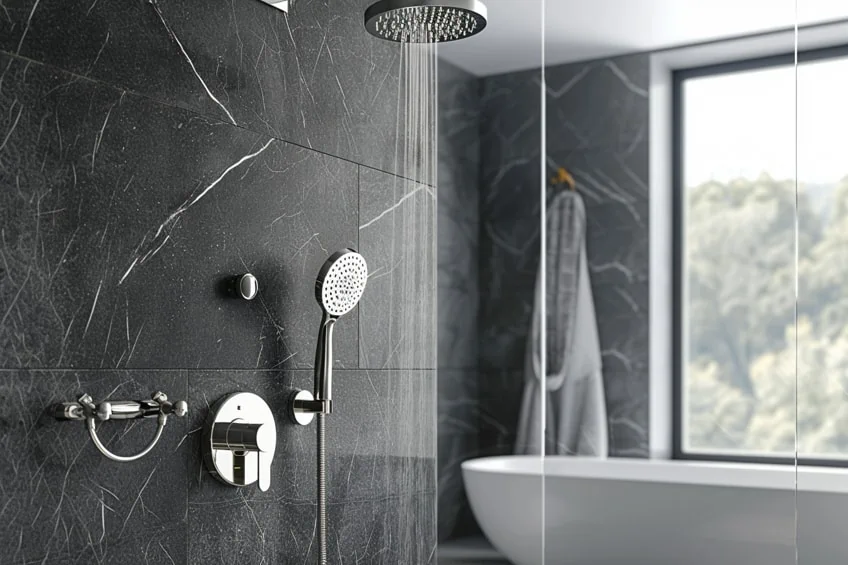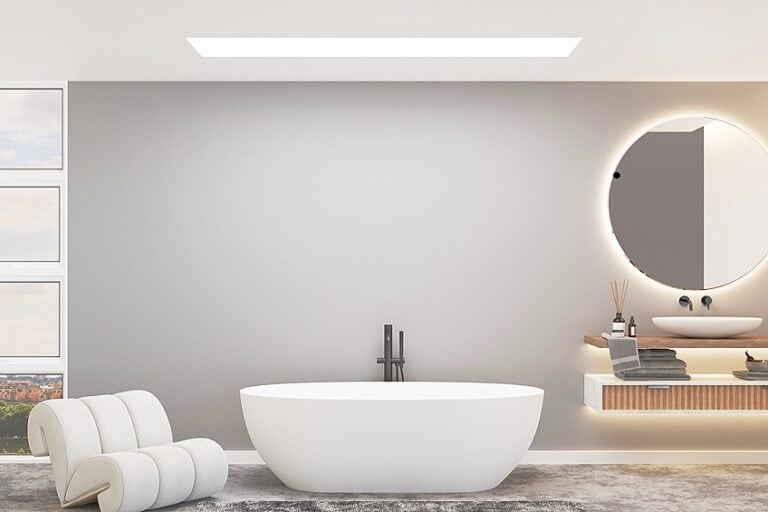Standard Shower Valve Height – Flow at the Right Height
This post may contain affiliate links. We may earn a small commission from purchases made through them, at no additional cost to you.
Welcome, fellow DIY enthusiasts, to the ultimate guide on achieving shower perfection: standard shower valve height unveiled! Picture this: You step into your bathroom oasis, ready to wash away the day’s worries, only to find your shower valve positioned awkwardly or too low, leaving you contorted like a Cirque du Soleil performer just to adjust the temperature. Fear not! In this article, we’ll dive into the depths of shower valve height standards, ensuring your daily cleansing ritual is as seamless as a spa retreat. Get ready to elevate your shower game and bid farewell to those awkward maneuvers!
Contents
Key Takeaways
- Standard shower valve height ranges between 38 to 48 inches to cater to different users.
- Placement affects comfort, safety, and ease of use for all bathroom fixtures.
- Adjusting valve height may be necessary for user-specific needs and preferences.
What Is a Shower Valve?
A shower valve is a critical component in a bathroom’s plumbing system. It is responsible for controlling the flow and temperature of water in a shower. Typically installed behind the shower wall and connected to the water pipes, it works by mixing hot and cold water to a desired temperature before it reaches the showerhead. Types of shower valves include:
- Manual mixer valves: These valves require manual adjustment to control the water temperature and flow.
- Thermostatic mixer valves: These have a built-in thermostat that maintains the water at a constant temperature, even when water use elsewhere in the house affects pressure.
- Pressure-balancing valves: They balance the pressure between the hot and cold supply to prevent temperature fluctuations.
- Diverter valves: They direct water to different shower outlets, like overhead showers, hand-held showers, or body jets.
The standard shower valve height is an aspect of bathroom design that is often guided by both building codes and personal preferences. The common height range for a shower valve is typically between 38 to 48 inches from the bathroom floor. This range ensures that the valve is easily accessible to users of varying heights and accommodates different shower styles and configurations, from shower stalls to tub/shower combinations.
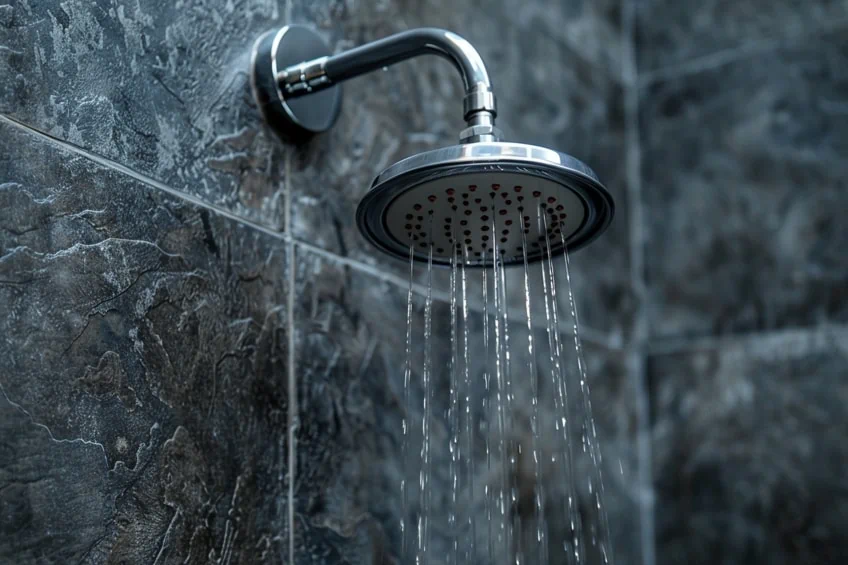
Shower valves come in several styles, including exposed valves, which are mounted outside of the shower enclosure, and concealed valves that are hidden behind the wall for a sleek look. Functionality highlights include temperature control, allowing users to set a comfortable temperature, water flow control for adjusting the flow strength, and safety features like anti-scald technology to prevent burns from sudden temperature spikes. Shower valves not only offer utility but also contribute to the overall aesthetic of the bathroom. With advances in technology, they can provide a reliable and customizable showering experience.
Why Does Shower Valve Height Matter?
When installing or renovating a shower, the placement of the shower valve is a critical factor that affects both the functionality and the comfort of the shower experience. Correct shower valve placement is essential not just for the user’s comfort but also for safety and convenience. The valve controls the flow and temperature of the water, making its location an important decision to optimize the overall shower experience. Design considerations include not only the standard recommended heights but also the specific needs of the users, such as children, adults, and individuals with mobility concerns, as well as the type and style of plumbing fixtures being used. Adjusting the height of a shower valve might be necessary to accommodate these varied requirements, and when done correctly, it can enhance the bathroom’s functionality and user satisfaction.
Accessibility is paramount, particularly for individuals with limited mobility or wheelchair users, where valve height plays a critical role.
Following the Americans with Disabilities Act (ADA) standards, shower valves are required to be accessible, typically falling within a recommended range of 48 to 60 inches. Safety is another crucial consideration impacted by valve height. If positioned incorrectly, a valve can pose safety risks, with users potentially straining to adjust water flow or temperature. Placing the valve within safe reach helps minimize these concerns and ensures a safer shower experience overall.
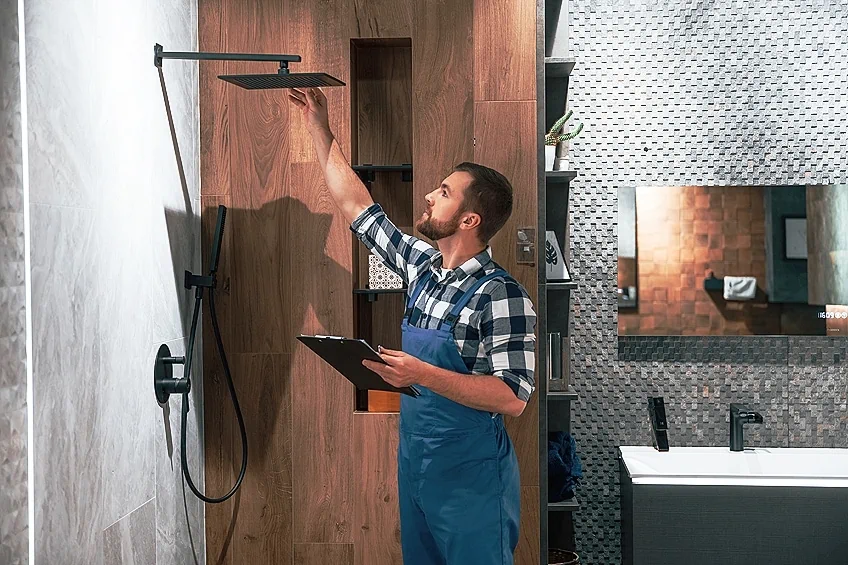
Efficient water control is essential for an optimal shower experience, and proper valve placement plays a key role. It ensures hassle-free adjustments to water flow and temperature, enhancing the overall shower experience by allowing users to make quick and effortless changes. In designing bathrooms, it’s crucial to consider the diverse needs of users. Installing multiple shower valves at different heights can accommodate families and commercial settings, creating a user-friendly environment accessible to all.
Optimal Shower Valve Installation Height
When installing shower valves, precision is key to accommodate user comfort and comply with regulations. This section provides a focused look on determining the best height for these fixtures.
Determining the Standard Height
The standard height for a shower valve in a stall is typically between 38 to 48 inches from the shower floor. For showers in bathtubs, a common height is around 28 to 48 inches, with the valve placed above the tub rim to prevent backflow.
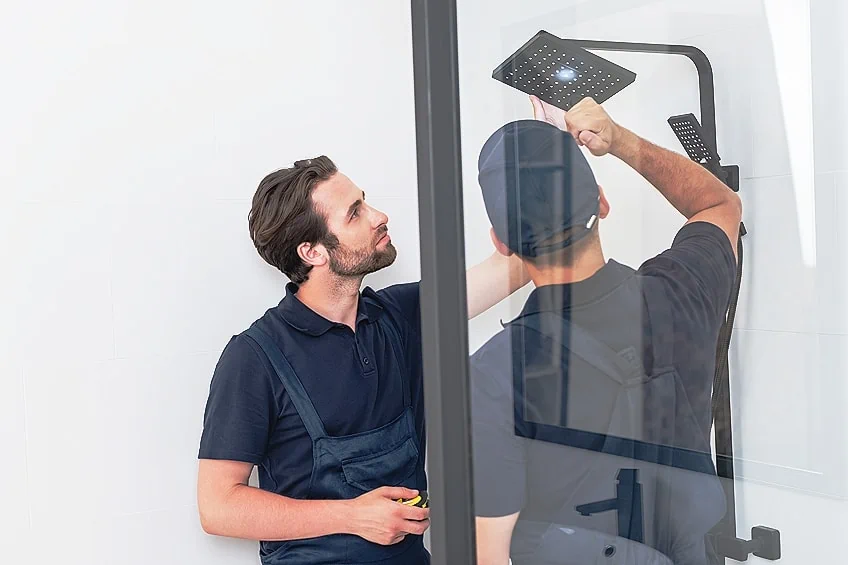
Taking Your Family’s Height Into Consideration
While standard heights are a helpful guide, individual user comfort should dictate the ideal shower valve height. A practical approach is to position the valve at waist to chest height for the primary users. Families might consider an adjustable height shower valve to serve users of varying statures.
For shorter adults and children, the valve should be positioned at waist height, while taller adults benefit from a valve placed at chest height.
ADA Compliance for Shower Valves
To ensure accessibility, shower valves must adhere to the Americans with Disabilities Act (ADA) guidelines. This includes installing the valve between 48 to 54 inches from the shower floor for those in a seated position, with straightforward operation mechanisms. Designing with ADA requirements promotes inclusive bathroom design benefiting all users, particularly those with mobility challenges.
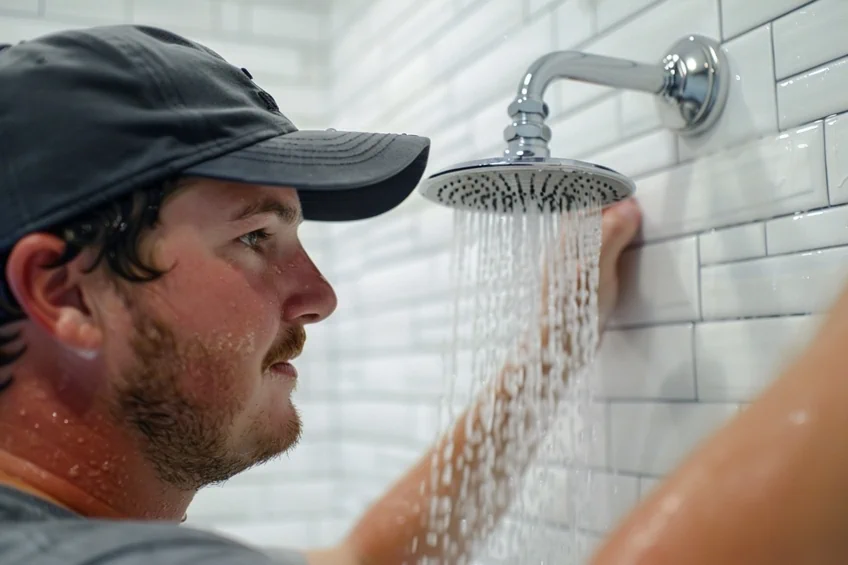
Technical Aspects and Adjustments
When installing or modifying bathroom fixtures, one must consider technical specifications and local regulations to ensure that shower valves are positioned optimally for accessibility and performance.
Shower Head and Shower Valve Height Distance
The standard separation between a shower valve and the shower head typically adheres to building codes which suggest the shower head be set at a minimum of 72 inches from the shower floor, with the valve being installed notably lower. For a shower setup in a bathtub, the valve height is often placed at 48 inches from the bathroom floor, whereas for standalone showers, it’s positioned around 28 to 48 inches to accommodate different user heights.
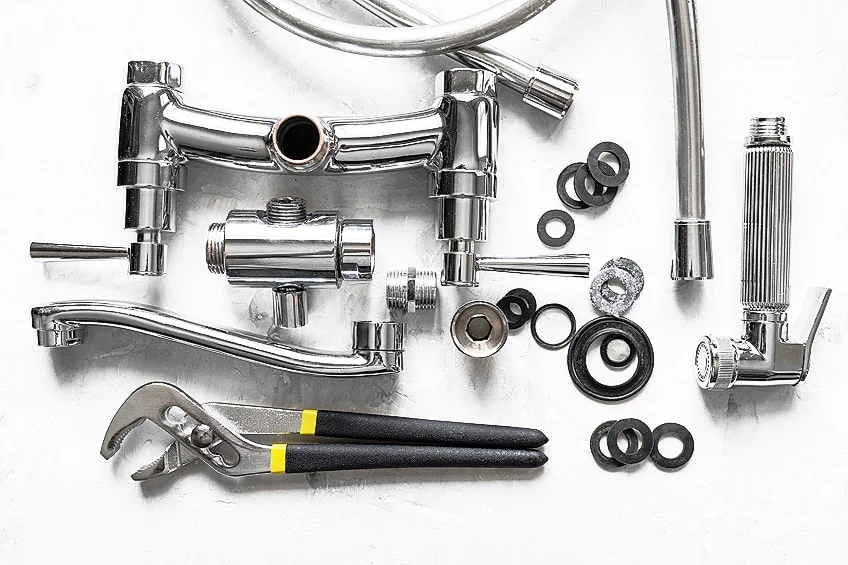
Factors Affecting Valve Height Adjustment
Several factors can influence the appropriate height for shower valve installation:
- User height: Customizing the valve height for children or tall individuals improves accessibility.
- Plumbing codes: Regulations may dictate specific ranges for valve heights to ensure safety and usability.
- Local codes and regulations: Variations in local building codes can result in different standard heights for shower valve installation.
- Temperature and water pressure: Factors like pressure balance require consideration as they impact the valve placement for optimal temperature control.
Installation Process and Adjusting Valve Height
Professional plumbers adhere to a standardized process when installing a shower valve. This process involves reviewing local building codes for compliance, measuring the designated height from the floor while considering user needs and shower head placement, and prioritizing pressure balance and water temperature control to maintain consistent water flow and prevent scalding during installation. Adjustments to shower valve height are done with precision, and a plumber can adapt the installation to meet the specific needs of a household while maintaining adherence to local regulations.
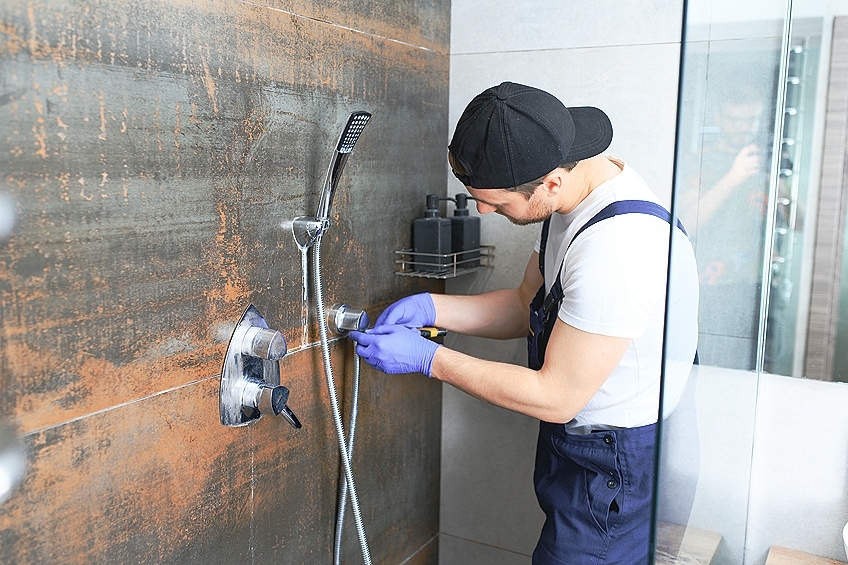
As we wrap up our journey into the world of standard shower valve height, remember: the key to a blissful shower experience lies in the details! Whether you’re aiming for the perfect temperature adjustment or simply striving for accessibility, understanding the importance of valve placement is your ticket to shower nirvana. So, go forth, fellow DIY enthusiasts, armed with the knowledge to elevate your bathroom game and make every shower a refreshing delight! Happy plumbing!
Frequently Asked Questions
What Is the Recommended Installation Height for a Shower Valve?
The recommended installation height for a shower valve in standalone showers generally falls between 38 to 48 inches from the floor. This range considers the average adult height and aims to make the controls easily reachable for a standing user.
Is There a Minimum Installation Height for a Shower Valve That Should Be Followed?
While the exact minimum height can vary based on local regulations and the specific type of shower setup, a common guideline for showers set in bathtubs is to place the valve at approximately 28 inches from the floor. This positioning allows users, whether standing or seated in the bathtub, to comfortably access the shower valve.


